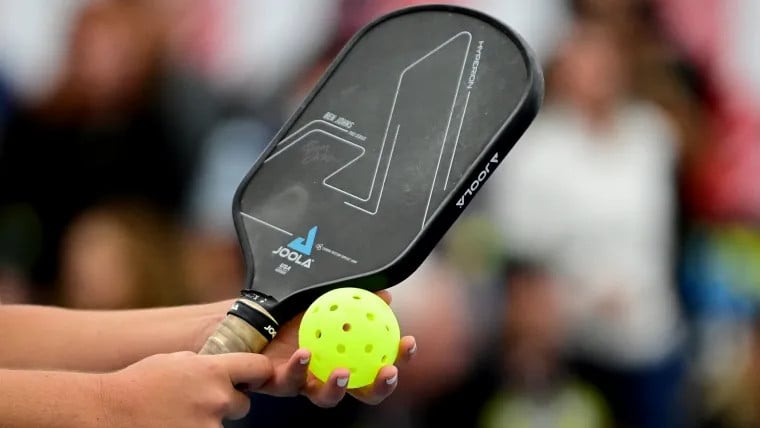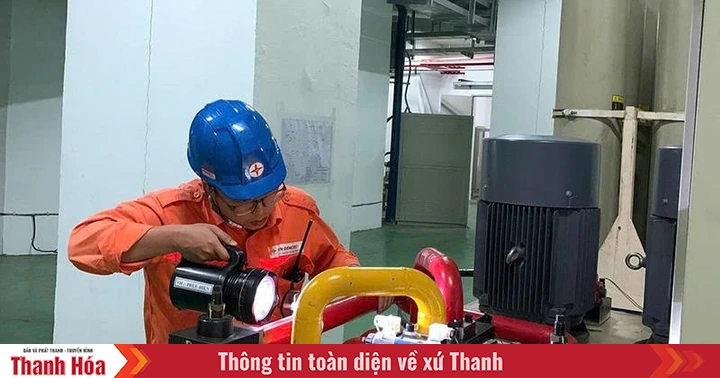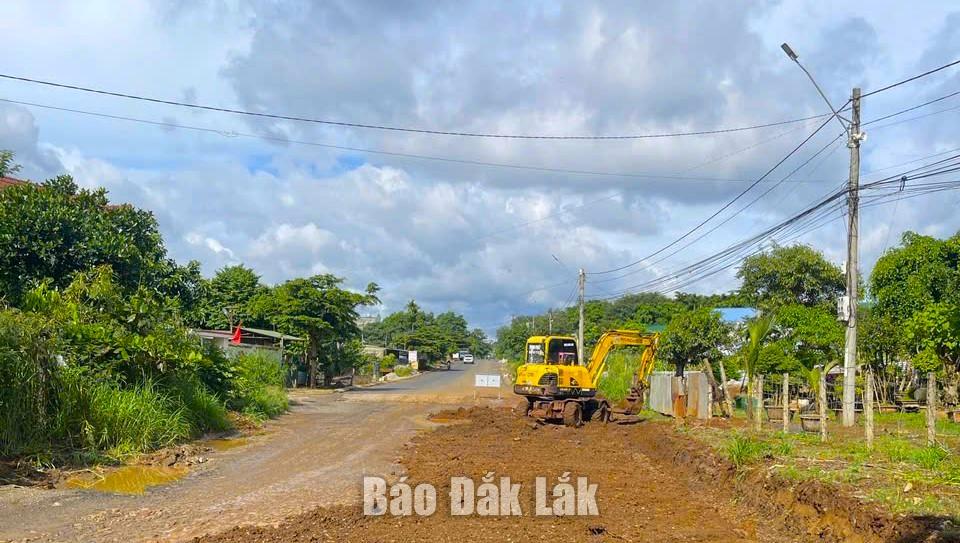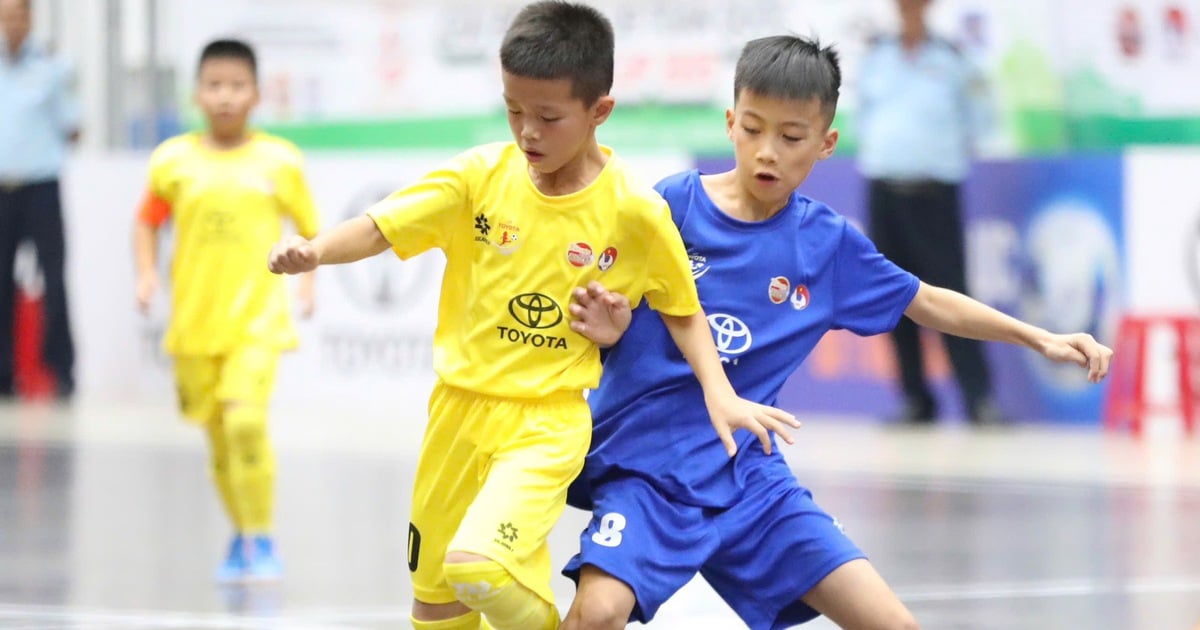WATCH VIDEO (source: Youtube TL)
Why is choosing the right pickleball racket important?
A suitable racket will help you reduce hand fatigue, control the ball well and improve quickly . Beginners often make the mistake of choosing a racket that is too heavy/“powerful” but difficult to control, leading to wrist-elbow injuries.
7 criteria to know before buying
1) Weight
Lightweight (≤7.7 oz / ~218g): flexible, easy to swing, suitable for beginners, weak hands/history of elbow pain.
Medium (7.8–8.4 oz / ~221–238g): balance of power + control , recommended for most beginners.
Heavy (≥8.5 oz / ~241g): strong force, stable when volleying but easy to tire hands, requires good technique.
Tip: Start at 7.8–8.2 oz .
2) Core material

Choosing a racket in Pickleball competition is very important.
Polymer (PP Honeycomb): soft, good vibration absorption, high control → #1 choice for beginners .
Nomex Honeycomb: hard, bouncy, loud, requires good control.
Aluminum Honeycomb: light, moderately “solid” feeling, less common.
3) Racket surface (face)
Fiberglass (Composite): high bounce, good force, easy to "fill" the ball.
Graphite/Carbon fiber: thin, light, good precision & ball feel .
Suggestion: Newbie for control → graphite/carbon ; want more power → fiberglass .
4) Thickness
Common 13mm–16mm .
16mm thick: soft, comfortable, easy to control - reduces vibration .
13mm thin: fast response, greater force but difficult to control.
Suggestion: 16mm or 14–15mm if you want balance.
5) Shape & “sweet spot”
Standard (wide version): wide sweet spot, easy to hit the target → suitable for beginners.
Elongated (long): long reach, better power but narrower sweet spot.
Suggestion: Choose standard for stability, after 2–3 months try elongated.
6) Grip size & length
Common circumference: 4.0"–4.5".
Quick estimate: 4.125"–4.25" circumference fits most women & small hands ; 4.25"–4.375" for most men .
When in doubt, go smaller and add overgrip.
Handle length: longer for “leverage” and backhand; short for quick wrist action.
7) Competition standards & noise
If you plan to enter a tournament, choose a racket that meets organization/association standards (USAP/IFP approved).
In quiet residential areas, polymer cores are preferred to reduce “pop” noise .
Suggested "standard" configuration for beginners
Weight: 7.8–8.2 oz
Core: Polymer honeycomb
Surface: Graphite/Carbon (control preferred) or Fiberglass (requires more force)
Thickness: 16mm
Style: Wide (standard), large sweet spot
Grip: 4.25" (can be wrapped more)
Budget & price segment
Economy (≤1.2 million VND): enough to “get used to”, but limited durability/spin.
Mid-range (VND 1.5–3 million): sweet spot for beginners–intermediates: 16mm polymer core, graphite/fiberglass face, good workmanship.
High-end (≥3.5 million VND): high-quality materials (Toray carbon, thermoformed), optimal sweet spot, good durability—should be considered after playing stably.
“Fit test” 10 minutes before purchase
Dry grip and swing: comfortable wrist, no heavy swinging of the racket head.
Short Dink: the ball goes as intended, does not bounce too deep.
Third shot drop: good “ball hug” feeling, little vibration.
Drive & volley: the ball comes out without “too much bounce”, controlling the direction.
Serve/Return: can repeat 10–15 times consistently.
If your wrists/elbows hurt early , the racquet may be too heavy or too thin for you.
Common mistakes when beginners choose a racket
Choose by design/“hot trend” instead of specs.
Wanting a heavy racket because you think "hitting with a heavy racket will give you more power" → gets tired quickly, reduces accuracy.
Grips that are too big strain the forearm; too small cause wrist twisting.
Ignore the thickness : 16mm is usually more “liveable” for beginners.
Regardless of playing context: windy outdoor courts should prioritize balls/outdoors & stable rackets.
Maintenance & small upgrades to help you get up to speed quickly
Overgrip: increases friction, adjusts grip size, absorbs sweat well (change every 2–4 weeks).
Edge guard tape: protects edges and increases durability.
Clean the racket surface: wipe away dirt to help the surface grip the ball stably.
Avoid leaving the racket in the trunk of a car in direct sunlight; high heat will damage the glue/core.
Quick checklist (save to phone)
7.8–8.2 oz
Polymer core, 16mm thick
Wide, large sweet spot
Graphite/carbon face (control preferred)
Grip approximately 4.25" (+ overgrip)
Try dink, drop, serve 10–15 steady balls
Frequently Asked Questions (FAQ)
1) Should I choose carbon or fiberglass?
Carbon/graphite: control, feel, durability; suitable for beginners.
Fiberglass: better force, less “forgiving”. If you often attack, you can choose 16mm thick fiberglass.
2) What racket should I use if I have weak arms/elbow pain?
Prefer ≤8.0 oz , 16mm polymer core , medium grip; avoid thin rackets <14mm.
3) Do beginners need expensive rackets?
No. A standard mid- range tree is enough to help you learn technique and avoid injuries.
4) When should I upgrade to an elongated/advanced racket?
After 2–3 months of stabilizing technique (dink, drop, volley), when you want more reach/power and are used to a narrower sweet spot.
Source: https://vietnamnet.vn/cach-chon-vot-pickleball-cho-nguoi-moi-2433612.html


























![[Photo] An Phu intersection project connecting Ho Chi Minh City-Long Thanh-Dau Giay expressway behind schedule](https://vstatic.vietnam.vn/vietnam/resource/IMAGE/2025/8/21/1ad80e9dd8944150bb72e6c49ecc7e08)
































![[Photo] Politburo works with the Standing Committee of Hanoi Party Committee and Ho Chi Minh City Party Committee](https://vstatic.vietnam.vn/vietnam/resource/IMAGE/2025/8/21/4f3460337a6045e7847d50d38704355d)




































Comment (0)